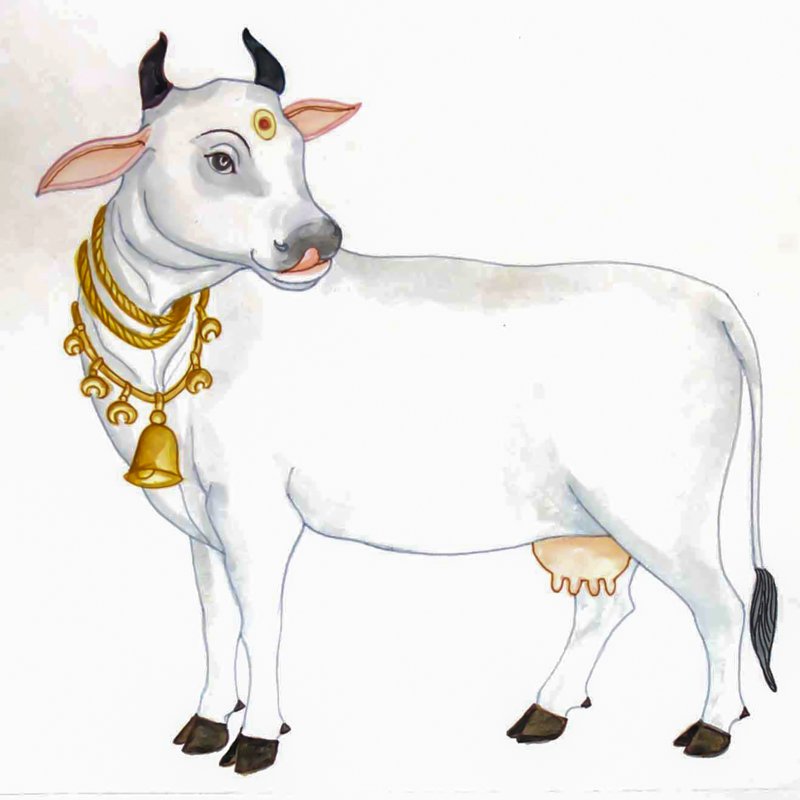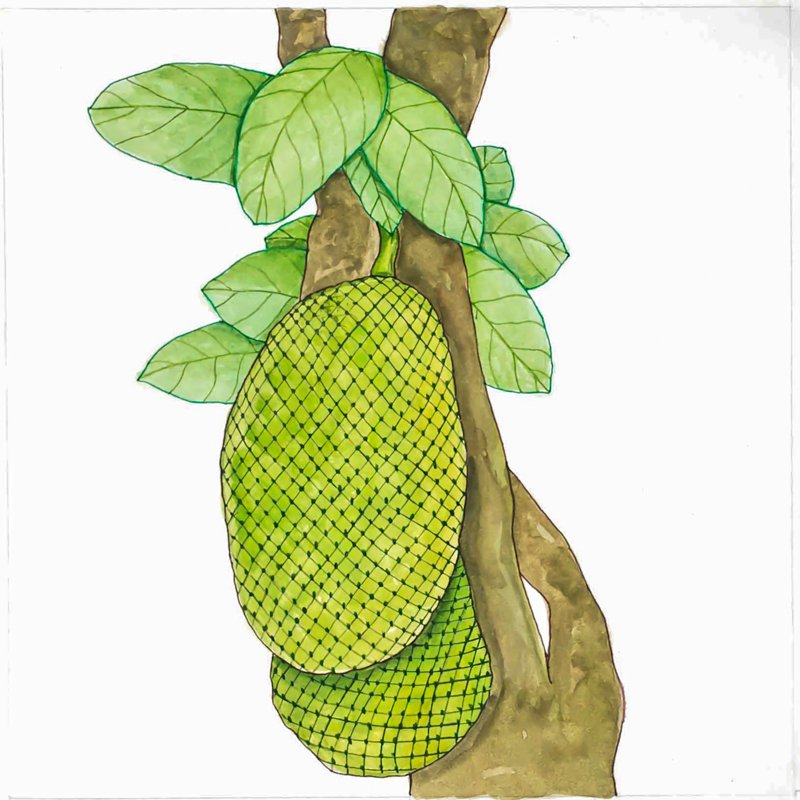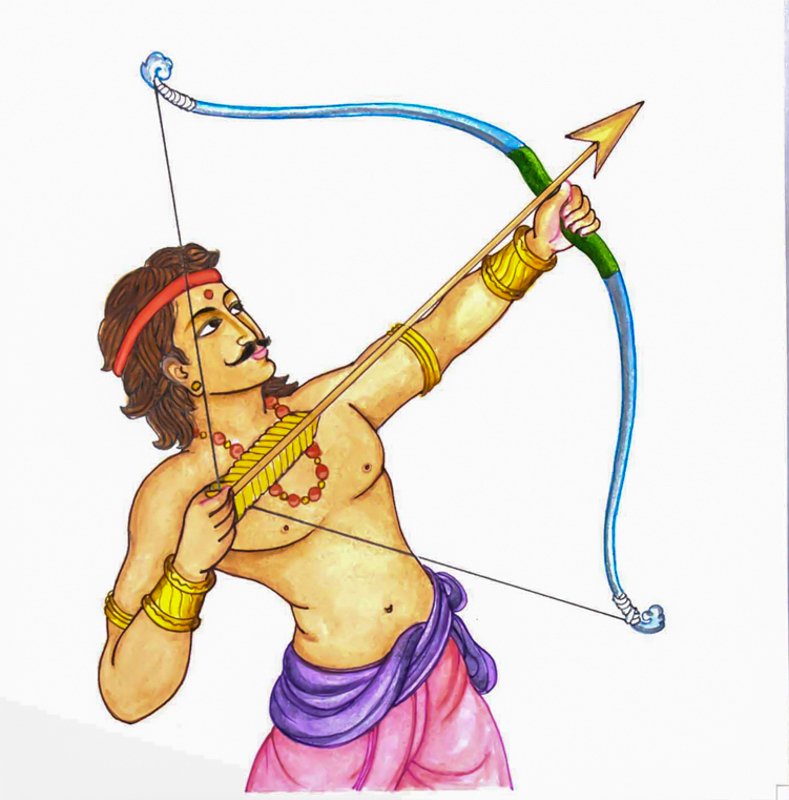Pillar Eleven
Artwork by A. Manivelu
Top

NORTH FACE:
CuminCumin (Cuminum cyminum) is a flowering plant native to southwestern Asia. Its seeds are used in the cuisines of many cultures in both whole and ground form. In India, it has been used for millennia as a traditional ingredient in innumerable recipes, and forms the basis of many spice blends. Today, the plant is mostly grown in India (70% of world yield), and India consumes over 60% of world supplies.

EAST FACE:
SwastikaThe swastika is an ancient Hindu sign of auspiciousness which has been a prominent symbol in many cultures. The name comes from su (“wellness,” “auspiciousness”) and astu, “be it so.” It symbolizes blessings and good fortune, representing the sun, and is often associated with Lord Ganesha.

SOUTH FACE:
CowThe cow, in Hinduism, is considered especially sacred for its unbounded generosity and usefulness to humans. It is a symbol of the Earth as the abundant provider. For the Hindu, the cow represents all living species, each of which is to be revered and cared for.

WEST FACE:
JackfruitThe jackfruit (Artocarpus heterophyllus), also known as jack tree, is a species in the fig, mulberry and breadfruit family (Moraceae). Its origin is in the region between the Western Ghats of southern India and the rainforests of Malaysia. It bears the largest fruit of all trees, reaching as much as 55 kg (120 lb) in weight, 90 cm (35 in) in length, and 50 cm (20 in) in diameter. A mature jack tree can produce about 100–200 fruits in a year.
1 of 4
Middle

NORTH FACE:
Sanchita KarmaThe four archery images on this pillar convey a visual understanding of four stages of the karmic cycle. This is sanchita karma, literally “accumulated action.” The arrows in the quiver indicate the sum consequence of all an individual’s actions in this and past lives.

EAST FACE:
Prarabdha KarmaThe four archery images on this pillar depict a visual understanding of four stages of the karmic cycle. This is prarabdha karma, literally “action that has been unleashed or aroused.” The archer is reaching into her quiver to remove a karmic arrow she has brought into this life to express.

SOUTH FACE:
Kriyamana KarmaThe four archery images on this pillar convey a visual understanding of four stages of the karmic cycle. This is kriyamana karma, literally “actions being made.” These are the karmas created by one’s thoughts, words and actions in this life, to be faced one day. The archer here is unleashing an arrow, representing an action that will bring a karmic impact to him.

WEST FACE:
Resolved KarmaThe four archery images on this pillar convey a visual understanding of four stages of the karmic cycle. The single broken arrow represents karmas that have been resolved, broken or “fried” as some texts prefer. This is implies that a karma may remain, but be unable to sprout, as a fried seed is lifeless.
1 of 4
Bottom

NORTH FACE:
SivaguruThis is the form of God Siva as the Sivaguru.

EAST FACE:
SukasanaThis is a traditional form of God Siva, called Sukasana meaning “auspicious seat or posture.”
1 of 2
